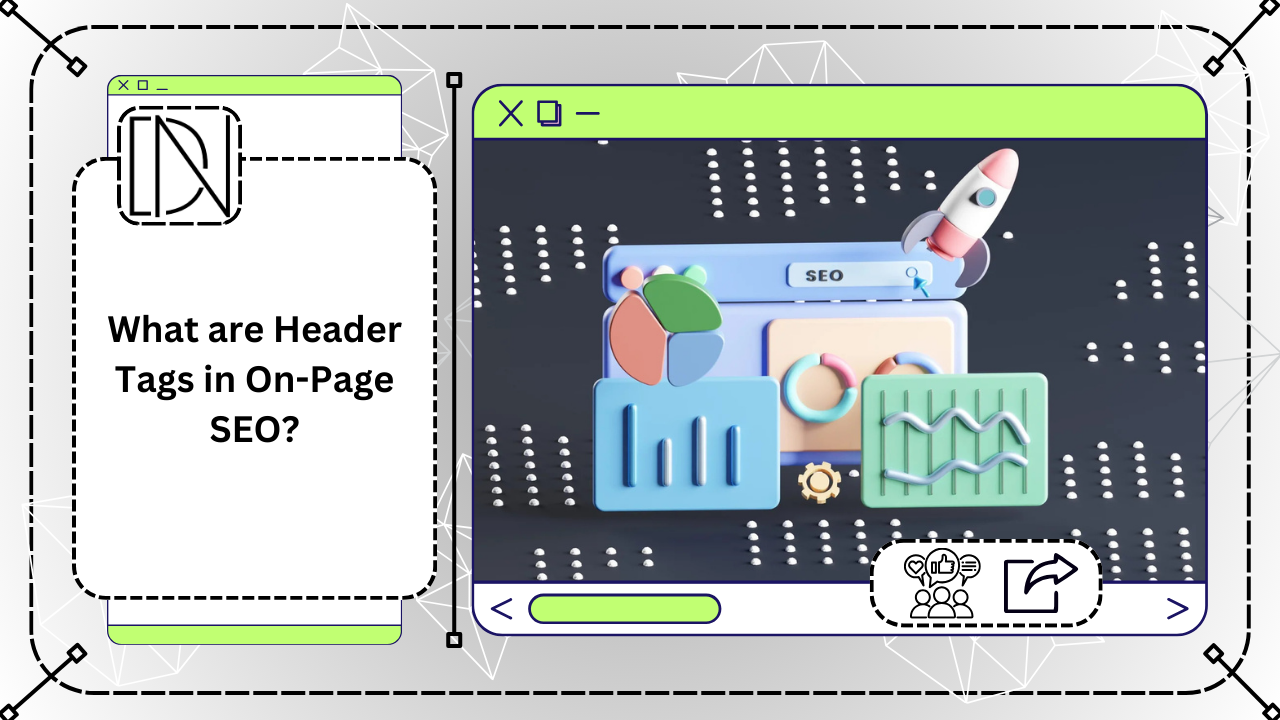When it comes to optimizing a website for search engines, on-page SEO plays a crucial role. One of the key elements of on-page SEO is the proper use of header tags. Header tags, also known as heading tags, are HTML elements that are used to define headings and subheadings within a webpage. These tags not only help to structure the content of a webpage but also provide valuable information to search engines about the hierarchy and relevance of the content.

Types of Header Tags
In HTML, there are six levels of header tags, ranging from h1 to h6. The h1 tag is the highest level and represents the main heading of a webpage. The subsequent tags, h2 to h6, are used for subheadings and have decreasing levels of importance.
While it is important to use header tags in a logical and hierarchical manner, it is not necessary to use all six levels in every webpage. In fact, it is recommended to use header tags sparingly and strategically, focusing on the most important headings and subheadings.
Importance of Header Tags in On-Page SEO
Header tags are not only important for the overall structure and readability of a webpage but also have a significant impact on search engine optimization. Here are a few reasons why header tags are crucial for on-page SEO:
1. Keyword Optimization
Header tags provide an opportunity to optimize your content for relevant keywords. By including your target keywords in the headings and subheadings, you can signal to search engines the main topics and themes of your webpage. However, it is important to use keywords naturally and avoid keyword stuffing, as search engines are becoming increasingly sophisticated in detecting and penalizing such practices.
2. Improved Readability
Header tags help to break up the content into smaller, easily scannable sections. This improves the overall readability of the webpage and makes it more user-friendly. When visitors can quickly skim through the headings and subheadings, they can easily find the information they are looking for, which ultimately leads to a better user experience.
3. Enhanced User Experience
Header tags not only improve the readability of a webpage but also enhance the user experience. Clear and informative headings make it easier for visitors to navigate your website and understand the structure of the content. This can encourage them to stay longer on your site, explore more pages, and potentially convert into customers or subscribers.
4. Search Engine Crawling and Indexing
Search engine crawlers use header tags to understand the structure and hierarchy of a webpage. By using proper header tags, you can help search engines crawl and index your content more efficiently. This can result in better visibility and higher rankings in search engine results pages (SERPs).
Best Practices for Using Header Tags
While header tags are important for on-page SEO, it is essential to follow some best practices to maximize their effectiveness:
1. Use a Logical Hierarchy
Ensure that the hierarchy of your header tags makes sense and accurately reflects the structure of your content. Use the h1 tag for the main heading, followed by h2 for subheadings, and so on. Avoid skipping header levels or using them out of order.
2. Keep it Concise
Avoid using long and wordy headings. Keep your headings concise and to the point, while still conveying the main topic or idea of the section. This makes it easier for both search engines and users to understand the content.
3. Incorporate Keywords Naturally
Include your target keywords in the headings and subheadings, but make sure they fit naturally within the context. Avoid keyword stuffing or over-optimization, as it can negatively impact your SEO efforts.
4. Use CSS for Styling
While header tags can be styled using CSS, it is important to separate the styling from the actual HTML tags. This ensures that the header tags remain semantic and accessible, while still allowing you to customize their appearance to match your website’s design.
5. Test for Accessibility
Ensure that your header tags are accessible to all users, including those using screen readers or assistive technologies. Test your webpage for accessibility and make any necessary adjustments to ensure that the content is properly structured and can be easily understood by all users.
In conclusion, header tags are an important aspect of on-page SEO. By using them correctly and strategically, you can improve the structure, readability, and SEO performance of your webpages. Remember to optimize your headings and subheadings with relevant keywords, keep them concise and logical, and test for accessibility to provide the best user experience possible.





